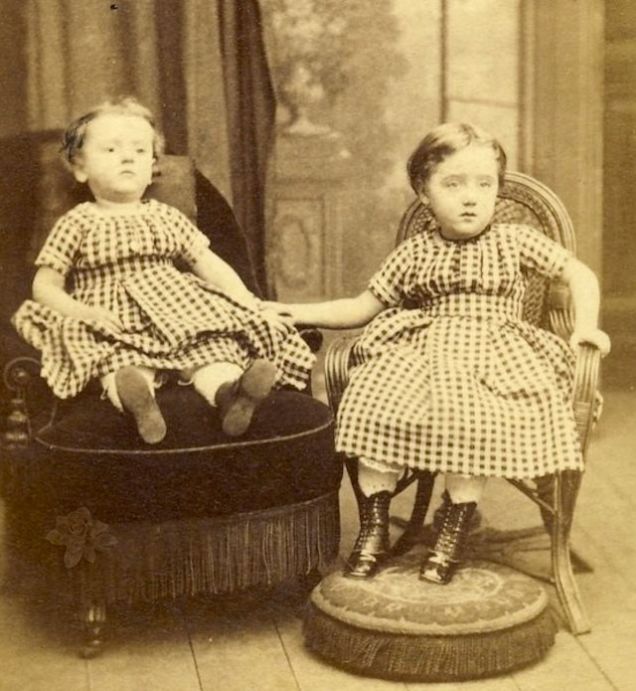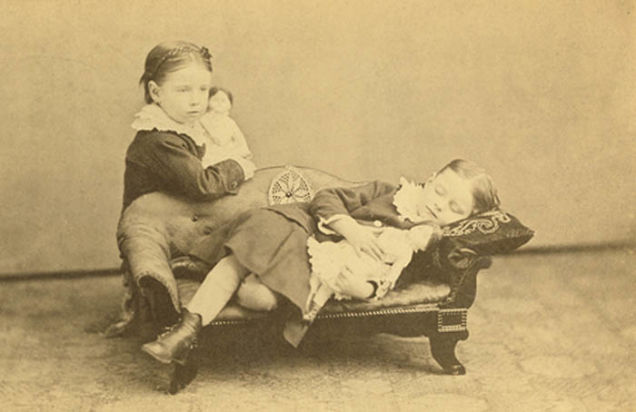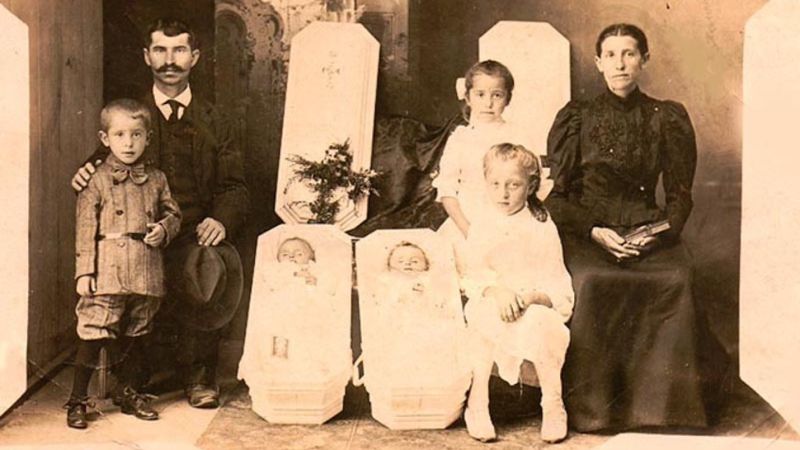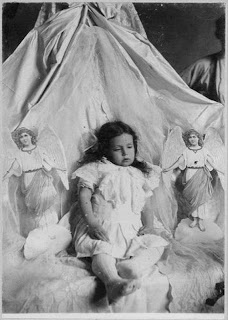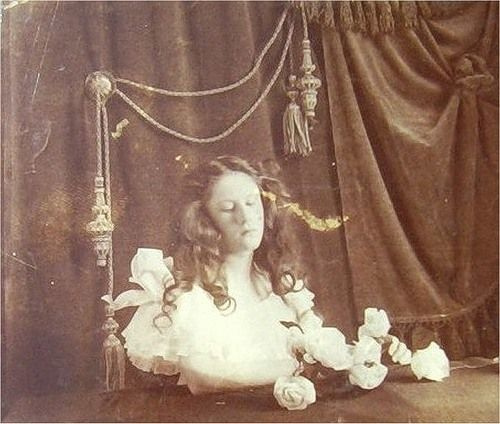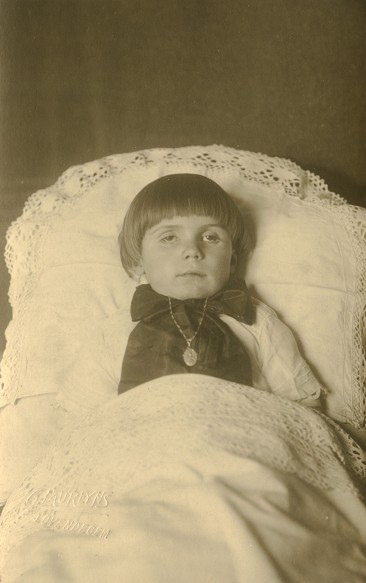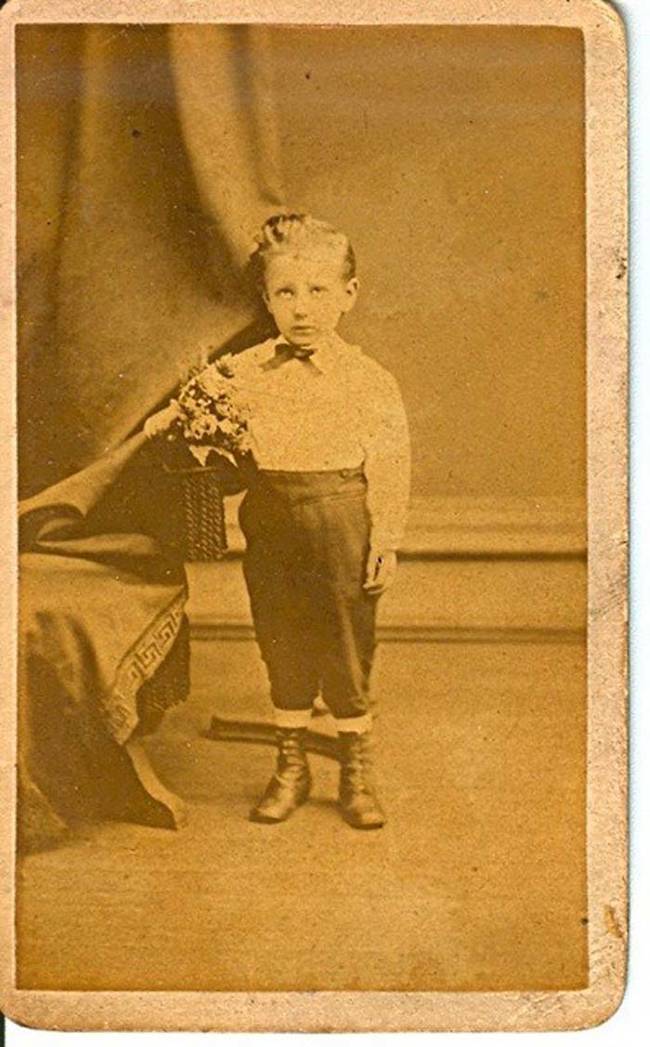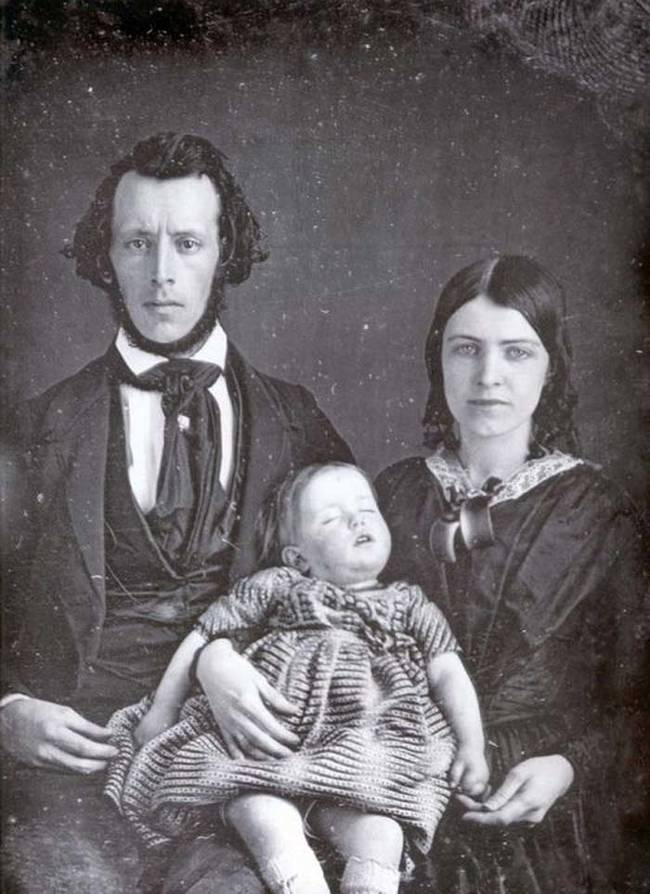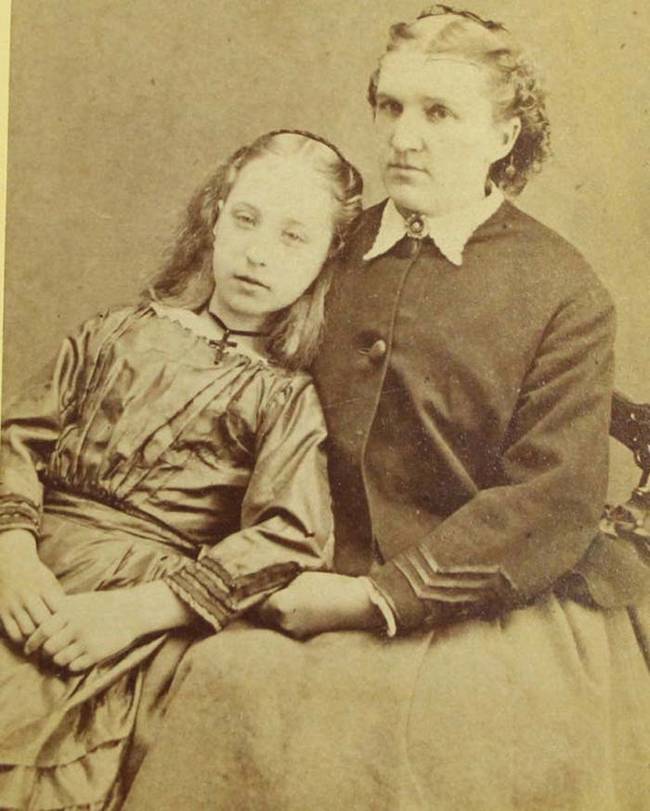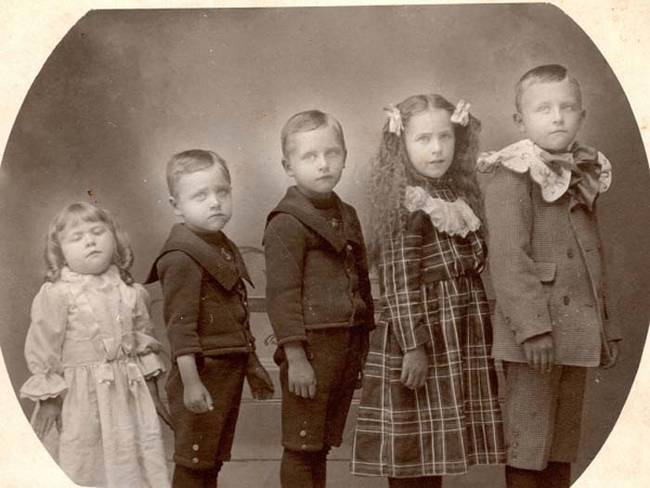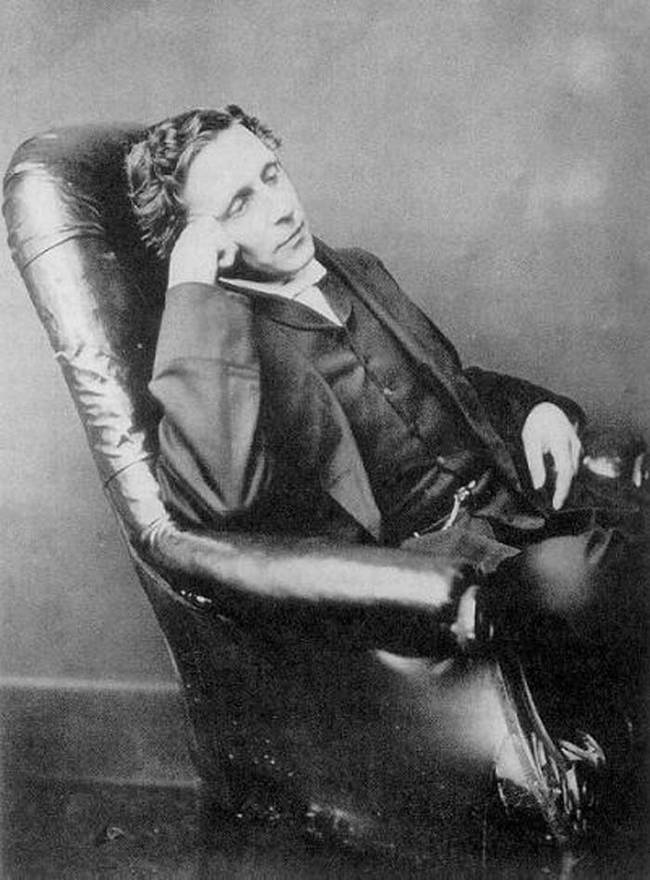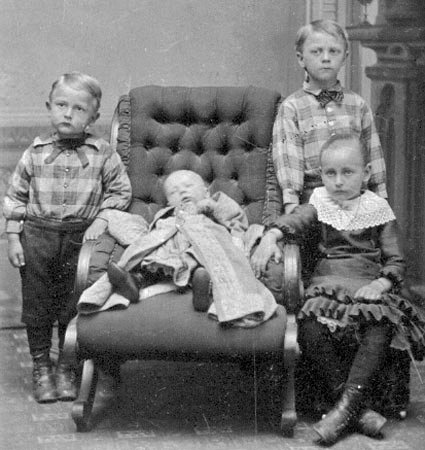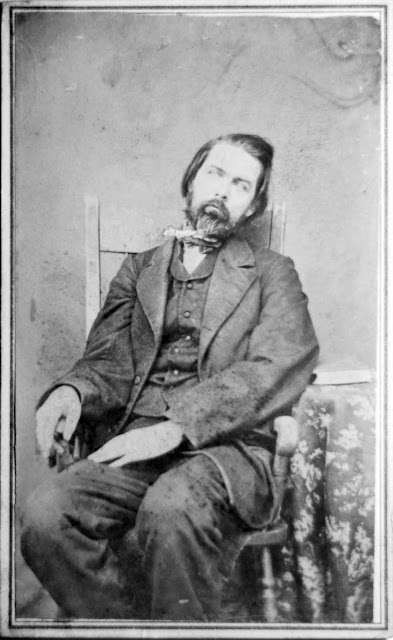Memento mori: Victorian death photos were to die for in the mid-1800s.
It sounds utterly creepy, morbid and unthinkable to us now. But during the Victorian era, posing with the corpse of your child or another deceased family member was a way to honor the recently departed.
It was a time when children ran a high risk of dying before the age of 5. “Victorian nurseries were plagued by measles, diphtheria, scarlet fever, rubella — all of which could be fatal,” the BBC reports.
“Corpses lean back in chairs, tools used to prop up the bodies are hidden as best they can be, children look like they’re only sleeping, open eyes were drawn on later.”
A lot of people could only afford to have one family portrait, and the death of a loved one was often what sparked the decision. The rapidly rotting corpse of a child prompted many parents to decide it was time to pull the trigger, so to speak. Time, literally, was of the essence. It was now or never.
Death photography was part of the memento mori trend, from a Latin phrase meaning, “remember you will die.”
Looking through the (creepy) photos, you’ll note some of the tricks the photographers employed, according to ViralNova: Corpses lean back in chairs, tools used to prop up the bodies are hidden as best they can be, children look like they’re only sleeping, open eyes were drawn on later.
Keep in mind that these photos were taken with long exposures. The living tend to fidget a bit, making their portraits a bit blurry sometimes — while the dead person comes out crisp and clear.
Can you imagine patiently posing for a picture with your dead child in your lap?
The trend only started losing popularity once healthcare improved, meaning less people died in childhood, and photography became more accessible. At some point, people must have thought, “Gee, this is kind of fucked up.” –Wally

